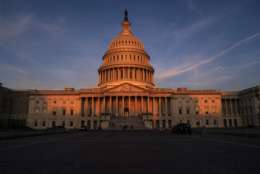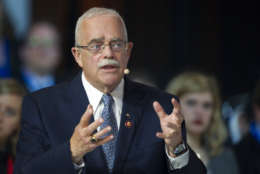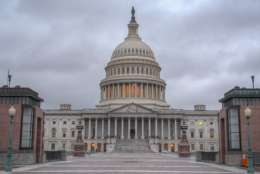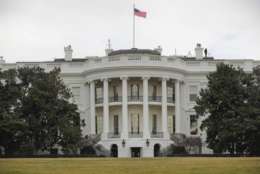Tony Reardon
-
The injunction on the president's workforce executive orders has expired, clearing the way for agencies to officially begin implementing them again.
October 02, 2019 -
After last year's record low premium rate increases, participants in the Federal Employees Health Benefits (FEHB) Program will pay, on average, more than 5% more for their premiums in 2020.
October 02, 2019 -
The Senate on Thursday cleared a seven-week continuing resolution through Nov. 21. The CR includes nearly $50 million more for the Office of Personnel Management, which faces a funding gap with the transfer.
September 26, 2019 -
As House lawmakers search for ways to help the federal government strengthen its talent pipeline, they find consensus on at least two ideas.
September 26, 2019 -
The U.S. Court of Appeals for the District of Columbia on Wednesday denied unions a chance to rehear their case against the president's workforce executive orders before a full panel of judges.
September 25, 2019 -
The seven-week continuing resolution gives lawmakers through Nov. 21 to complete spending bills for the rest of 2020. Notably, the CR includes additional funding for the Office of Personnel Management, which faces a budget shortfall at the start of the new fiscal year.
September 19, 2019 -
New regulations from the Office of Personnel Management implement portions of the president's May 2018 executive order on firings and disciplinary actions for federal employees.
September 16, 2019 -
In a surprising reversal, President Donald Trump has chosen to give civilian federal employees a pay raise next year.
August 30, 2019 -
The legal battle over the president's workforce executive orders continues, after federal employee unions on Friday asked the full U.S. Court of Appeals for the D.C. Circuit to hear their case.
August 30, 2019 -
In today's Federal Newscast, the Labor Department's Office of Federal Contract Compliance Programs has launched the Contractor Assistance Portal.
August 14, 2019 -
The U.S. Court of Appeals for the District of Columbia Circuit on Wednesday denied the Trump administration's motion to immediately lift the injunction on the president's workforce executive orders.
August 14, 2019 -
The 2019 Bipartisan Budget Act sets defense and non-defense spending limits for the next two years, but much of the real work remains when Congress returns from August recess.
August 02, 2019 -
US attorneys asked the U.S. Court of Appeals, which last week overturned a lower court's 2018 decision to invalidate key provisions of the president's three workforce executive orders, to allow their immediate enforcement.
July 24, 2019 -
Agencies have new guidance from the Office of Personnel Management advising them to evaluate how well their telework and other work-life programs are working. Several departments have opted to limit or alter their telework programs since initial pilots were stood up back in 2012.
July 17, 2019 -
A federal judge invalidated nine provisions of the President’s workforce executive orders in a ruling last August. But the U.S. Court of Appeals overturned that decision Tuesday.
July 16, 2019















